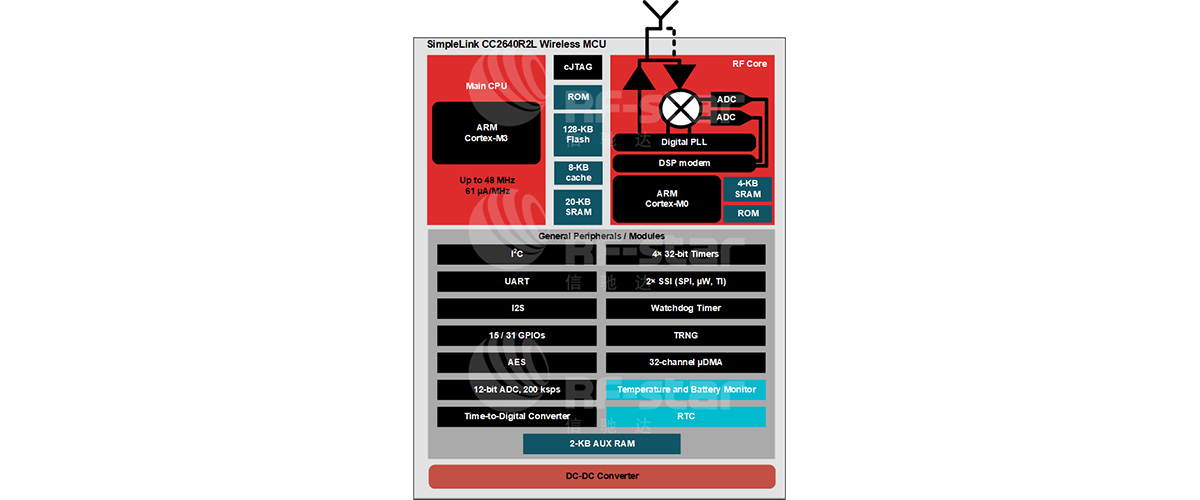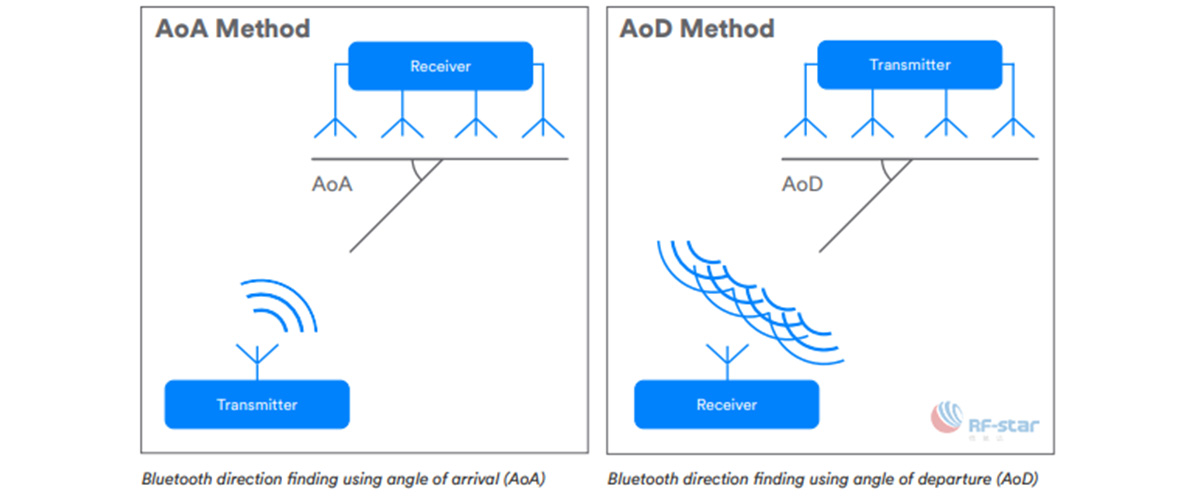O CC2640R2L lançado pela TI (Texas Instruments) é um microcontrolador sem fio (MCU) de 2,4 GHz com suporte para Bluetooth 5.1 Low Energy e aplicativos proprietários de 2,4 GHz . Ambos usam um kit de desenvolvimento de software (SDK) de núcleo único e um rico conjunto de ferramentas para compartilhar um ambiente de desenvolvimento comum e fácil de usar. O dispositivo é otimizado para comunicação sem fio de baixa potência e detecção avançada em sistemas de segurança predial, HVAC, rastreamento de ativos, mercados médicos e aplicações em que o desempenho industrial é necessário.

Vamos dar uma olhada rápida nos destaques do CC2640R2L MCU.

· Pacotes compatíveis com RoHSPoderoso Arm® Cortex® -M3
Velocidade de clock de até 48 MHz
275 KB de memória não volátil, incluindo 128 KB de flash programável no sistema
Até 28 KB de SRAM do sistema, dos quais 20 KB são SRAM de vazamento ultrabaixo
8 KB de SRAM para cache ou uso de RAM do sistema
Suporta atualização over-the-air (OTA)
5 mm × 5 mm RHB VQFN32 (15 GPIOs)
7 mm × 7 mm RGZ VQFN48 (31 GPIOs)
· Periféricos
Todos os pinos periféricos digitais podem ser roteados para qualquer GPIO
Four general-purpose timer modules (eight 16 bits or four 32 bits timers, PWM each)
UART, IIC, and IIS
Real-time clock (RTC)
AES-128 security module
Integrated temperature sensor
Wide supply voltage range
Normal operation: 1.8 V to 3.8 V
External regulator mode: 1.7 V to 1.95 V
2.4 GHz RF transceiver compatible with Bluetooth low energy 5.1 and earlier LE specifications
Excellent receiver sensitivity (–97 dBm for BLE), selectivity, and blocking performance
Programmable output power up to +5 dBm
Single-ended or differential RF interface
As early as January 21st, 2019, the Bluetooth SIG announced the Core specification 5.1, introducing the long-awaited AoA/AoD features. AoA/AoD is a positioning algorithm based on the angle of arrival angle/ angle of departure. The Bluetooth 5.1 device senses the arrival /departure direction of the transmitting node signal and calculates the relative position or angle between the arrival node and the departure node. Then use triangulation or other methods to calculate the location of the unknown node, which is very suitable for indoor positioning applications of the Internet of Things. Thus, Bluetooth 5.1 has many advantages in indoor positioning.

What Are The Highlights of CC2640R2L Modules?
Based on CC2640R2L chip, RF-star has launched the CC2640R2L module, which has a lower cost and high performance to support Bluetooth lower energy 5.1.
For example, the strong comprehensive performance of RF-BM-4077B1L and RF-BM-4055B1L modules launched by RF-star can meet most of users' needs.